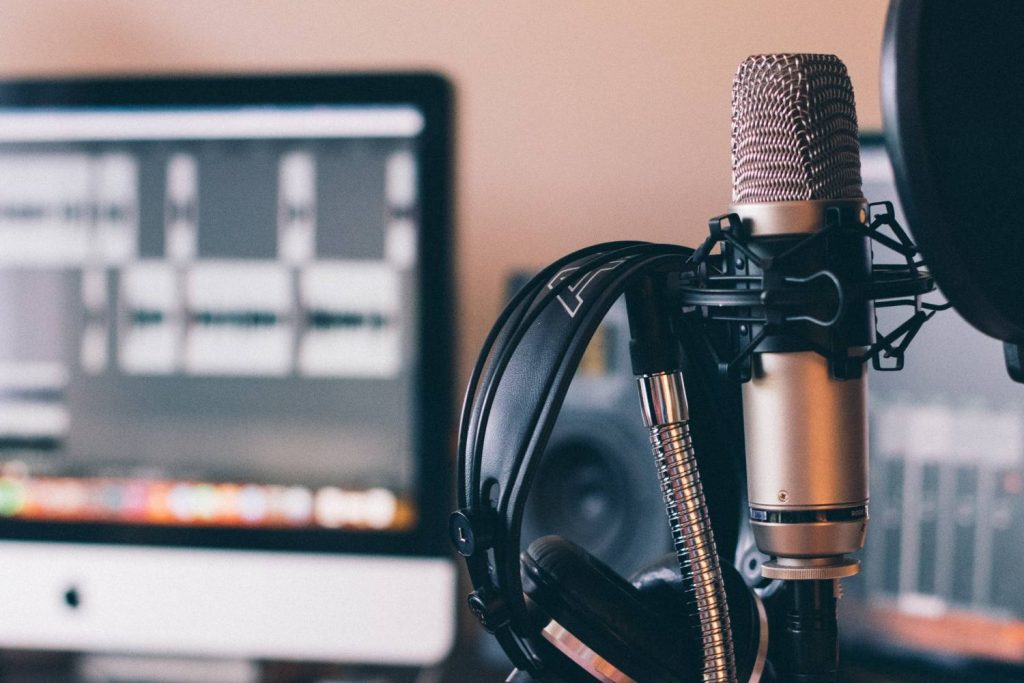To be able to tune a small PA or use a graphic equaliser, you will need at least an elementary understanding of frequencies. Being able to discern frequencies is a similar skill to being able to tell if an instrument is in tune, as if you can ascertain the area of sound that needs to be looked at you will stand a much better chance of being able to address this practically.
Perhaps the players who are most affected by this knowledge are vocalists, who, when playing in smaller or regional venues will often be the only ones guaranteed to have their instrument put through the PA, so for these examples we will specifically look at vocal PA systems.
WHAT ARE RESONANT FREQUENCIES
Objects tend to vibrate at a specific rate, which are called their resonant frequency. This has to do with what the material of the object is made of, as well as its size and shape. When tuning a vocal PA the feedback will be affected by the sound source, i.e. the singer or instrument, the dimensions and fittings of the room, and sensitivity of the microphone.
HOW DOES A GRAPHIC EQ WORK
A graphic EQ is standardised into 31 bands, dividing the range of human hearing into a 1/3 of an octave – 20 Hz, 31.5 Hz, 50 Hz, 63 Hz, and so on. Once you are able to relate those frequency numbers to areas of sound, i.e. highs, mid-lows etc., then you will be able to make some approximations of where to locate the feedback.
TUNING
To tune a vocal PA all you need is a vocal mic, either a graphic EQ or a mixing desk with an inbuilt EQ, and the PA system itself. First, plug the microphone in and begin turning the volume up while speaking into it until the signal starts to feed back. This is the point in which you will have to use your frequency knowledge and pull out problematic frequencies on the EQ. It is sometimes helpful to first pull up the frequencies on the band to make sure that they are the ones feeding back before pulling them down, though for the sake of your own hearing you should do this with caution.
Once the feedback is gone, turn the microphone gain up further and continue to locate resonant frequencies.
It is true that specific brands of speakers will have a certain frequency response, but there will be so many other factors involved that there is never a ‘set and forget’ option to live sound.
CHECK-ONE-TWO
There is a reason that sound engineers use only the words ‘check’, ‘test’, ‘one’, ‘two’, and occasionally ‘three’, when testing microphones. This is because the sound of those words cover the majority of the noises you will need to test plosives and sibilance. Plosives are the ‘popping’ noises usually caused by consonants such as the ‘ck’ in check and tw in ‘two’; whereas sibilance is the exaggerated harsh ‘s’ sounds caused by words such as the st in ‘test’ or the ch in ‘check’.
These phrases are also a useful cross reference of frequency ranges, as we tend to say ‘one’ in a deeper tone than the word ‘two’, so there’s another reason why using both of those words is useful.










